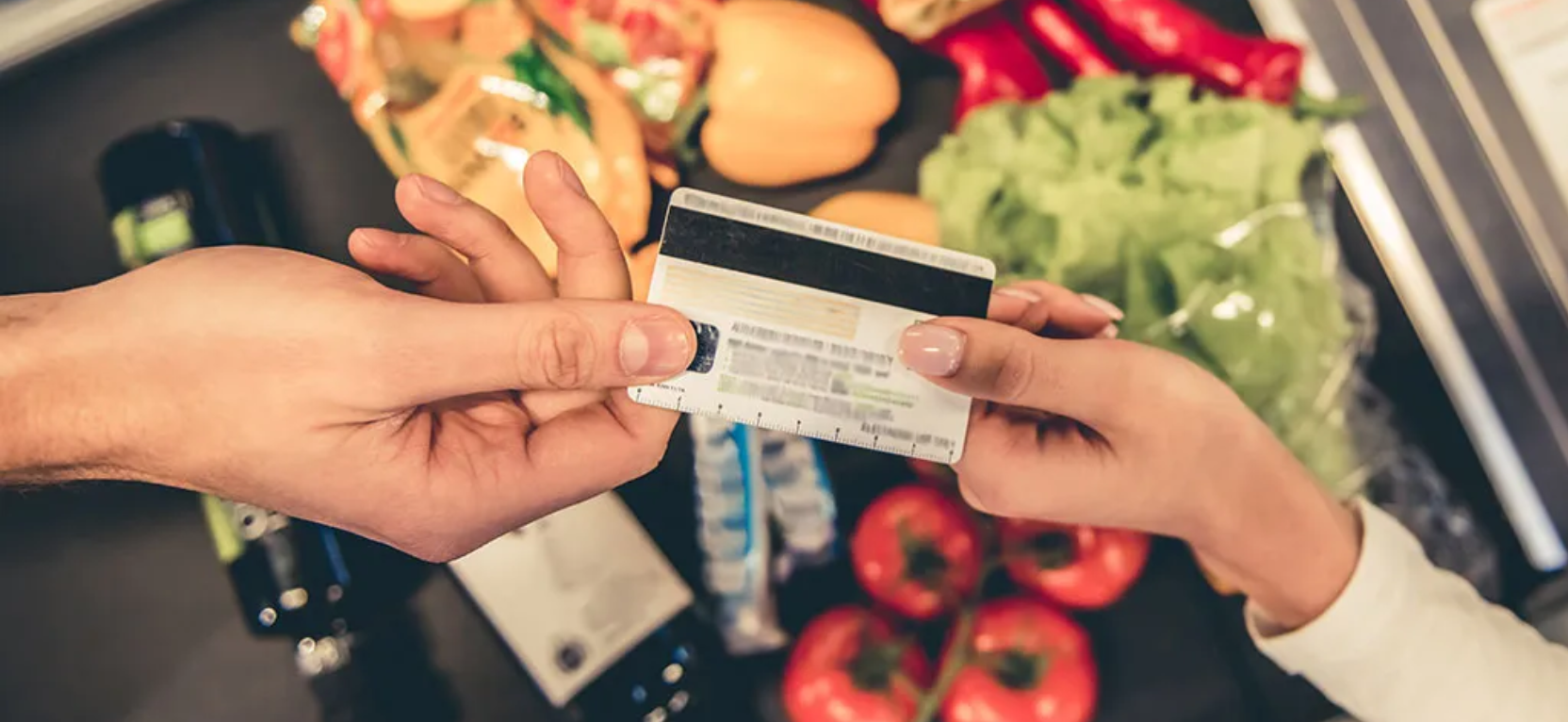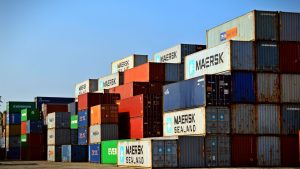Major retailers partnering with startups specializing in selling food nearing its disposal date have achieved seven-figure revenues through “last-minute” sales.
Bloomberg Línea — In Latin America and the Caribbean, 43.2 million people suffer from undernourishment, while the region loses 11.6% of its food supply, amounting to 220 million tons annually, or 330 kilograms per capita, according to the Food and Agriculture Organization of the United Nations (FAO).
The FAO estimates food loss equates to $150 billion annually, occurring across the supply chain from post-harvest to households, food services, restaurants, and retail.
“Food waste, particularly at the consumer level, is also a behavioral issue because people cannot tolerate food waste at home, often sending it to landfills rather than composting or using it as animal feed,” Vineet Shahani, General Counsel for Policy and Corporate Development at Mill, told Bloomberg Línea.
Business Initiatives to Combat Food Waste in LatAm
The growth of foodtech in Latin America became more pronounced after 2020, during the peak of the Covid-19 pandemic, driving food demand. One of the challenges has been reducing food waste, turning it into a business opportunity throughout the region.
Data shared by KPMG with Bloomberg Línea indicates there are at least 153 Agrifoodtech companies in the region. “These startups secured $8 billion in investments over the past five years, with $1.7 billion in 2022 alone. This amount represents 20% of all venture capital activity in the region and 5% of global agri-foodtech investment,” detailed María Paula Peñaranda, Innovation and Emerging Giants Manager at KPMG Colombia.
In 2022, regional foodtech closed 28 deals totaling $454 million, Peñaranda added.
Business initiatives to combat waste have proliferated across the region. Examples include Planet Oliver (Colombia), Nilus (Argentina), Sigu (Peru), and Dloop (El Salvador), all aiming to connect restaurants and supermarkets with consumers, offering discounts on perfectly good products close to their expiration dates.
One such example is Mexican startup Cheaf, which reports that over its three years of operation, it has redirected over 80% of available surplus daily through its partner stores, accounting for a million transactions and rescuing 2 million kilograms of food.
“Cheaf has received $3.5 million in Venture Capital (VCs). Being a purely Marketplace business (with no inventory or logistics), the profit margin is high. Cheaf operates on volume: the more food rescued, the more financially viable the company,” explained Kim Durand, CEO and founder of the startup to Bloomberg Línea.
According to Durand, these “last-minute” sales significantly impact business profitability. While food loss percentages vary from 1% to 15% of sales that could otherwise end up in landfills, establishments in the food industry in Mexico and other Latin American countries have the opportunity to recover over MXN$30,000 net per month, approximately $1,760, especially in low-margin individual businesses.
“For large retailers, although exact partner revenues cannot be disclosed, Cheaf’s CEO acknowledged that ‘several of them generate seven-figure monthly sales (across various branches of the same brand),’ which Durand highlights as ‘new income’ generated from the same production volume as before, ‘money that otherwise would have ended up in a landfill.'”
In Mexico, Cheaf collaborates with chains such as Maison Kayser, El Globo, Montparnasse, Tierra Garat, Hotel Ibis, and Fiesta Inn, while in Chile, where it has operated since 2023, it is affiliated with Cencosud.
Reducing Waste Relieves Pressure on Latin American Consumers
Shahani of Mill points out that in the United States, over 25% of average waste comes from food, with 60% of that originating from households rather than farms or restaurants.
One of the reasons to reduce food waste, beyond social responsibility indicators, is inflation, which has been at high levels in recent years in the region, as well as in the United States.
“In the United States, consumers pay for waste management directly to their city or through local taxes. It was estimated that the waste industry in the U.S. was worth $91 billion in 2022. Disposal costs are increasing significantly each year due to rising labor costs, reduced landfill capacity, and increasing regulation,” Shahani stated, who will be a speaker at the fifth edition of StartCo in 2024 in Bogotá.
He argues that if food waste can be reused as animal feed or compost, it can reduce consumer waste management costs, increase operational efficiency in the waste industry, and reduce methane emissions.
Mill’s container dries and grinds leftovers, converting them into clean and dry dehydrated foods. Once filled, in a process that can take up to four weeks, users can choose to use it for composting at home or in the neighborhood, or send them back to the company to become ingredient for chicken feed, or in programs that return these nutrients to a community farm. Founded in 2020, Mill has raised over $100 million by August 2023 for the development of its container and business model, according to Bloomberg data.
“Personal economy (purchasing power) undoubtedly influences families to constantly seek more and better alternatives to consume quality products at lower prices,” said Durand, CEO of Cheaf, noting that users seeking savings are also interested in consuming products from a brand that carries out sustainability actions.
FAO notes that the highest levels of loss occur in nutrient-rich foods such as fruits and vegetables (32%), meat, and fish (12.4%).
Data from the Mexican startup shows that in Mexico, the most demanded and rescued products are bakery and pastry items, while in Chile, the trend leans towards fruits, vegetables, and dairy.
Source: Bloomberg Línea




